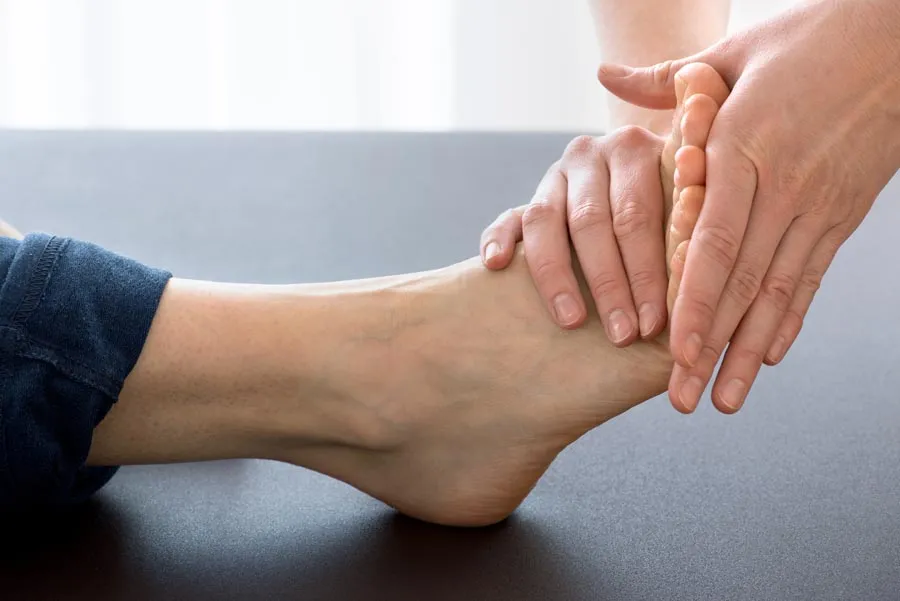
Peroneal tendinopathy, also known as peroneal tendonitis, is an overuse injury that affects the peroneal tendons, which are the two tendons that run along the outer side of the ankle that help control the movement of the foot, specifically eversion (turning the foot outwards). The tendons originate in the outer shin and run behind the bony prominence on the outside of the ankle, attaching in the outer side of the foot.
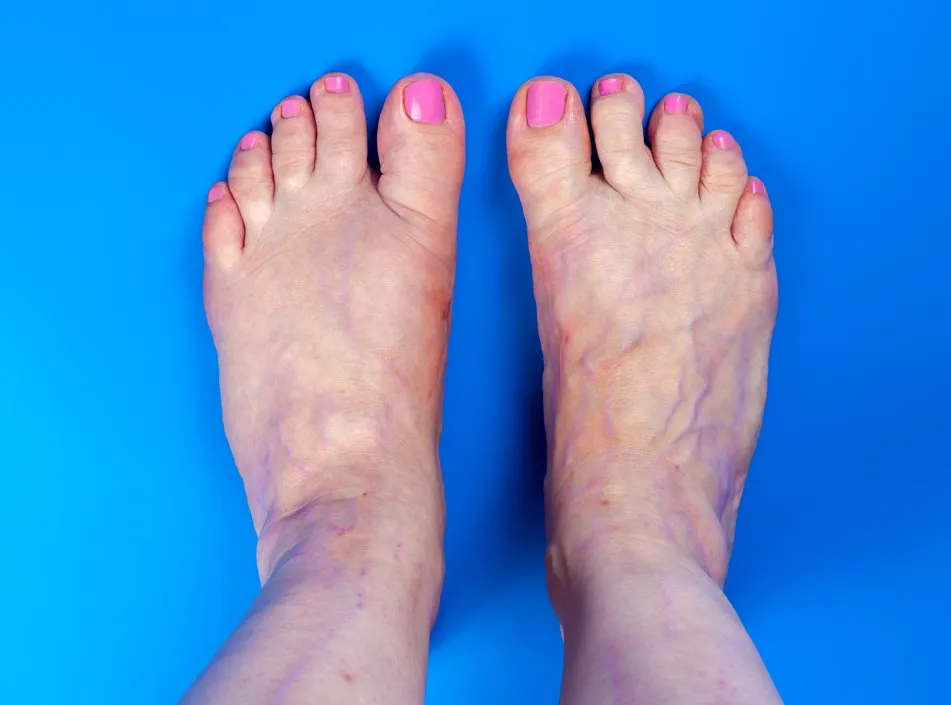
Peroneal tendinopathy is most common in athletes who participate in activities that involve repetitive movements of the ankle, such as running, jumping, or playing sports that require cutting and pivoting. It is also more common in people who have flat feet and in individuals who are overweight or obese.
The main symptoms of peroneal tendinopathy are pain, swelling, and tenderness on the outer side of the ankle and foot. The pain is often worse with weight-bearing activity such as walking or running and improves with rest. Other symptoms may include:
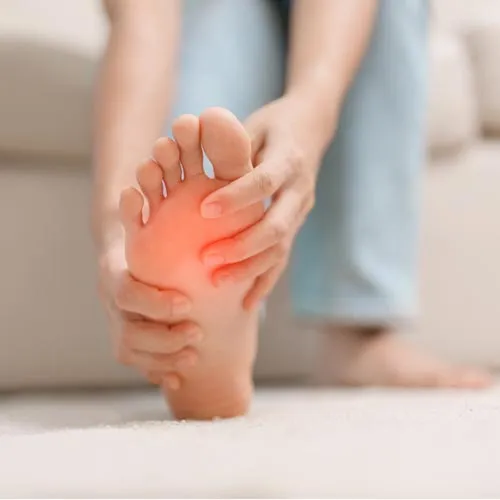
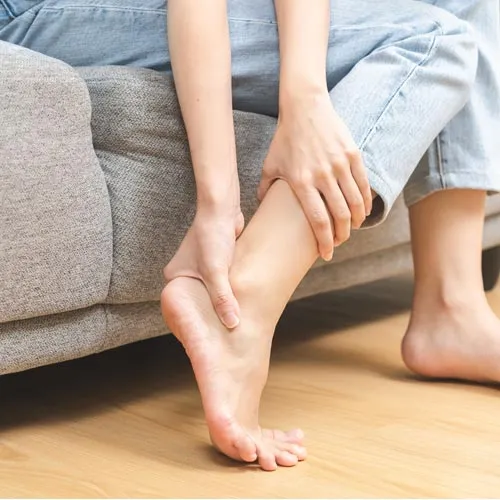
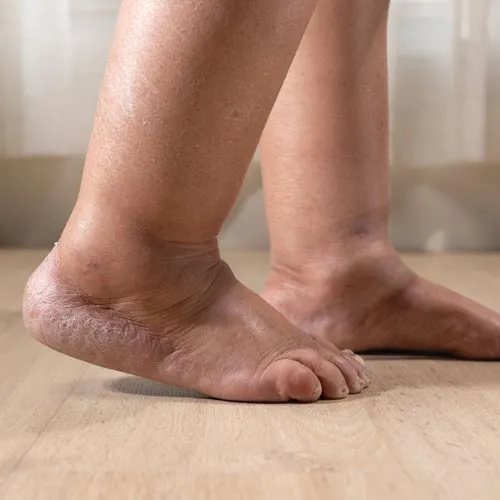
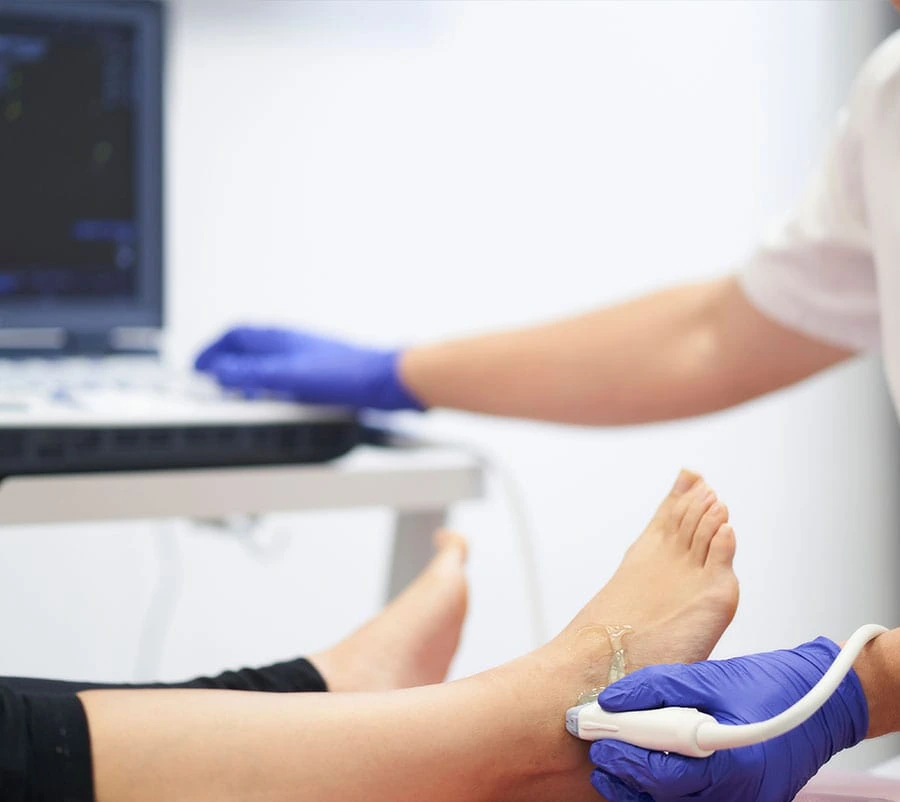
A doctor can diagnose peroneal tendinopathy by taking a medical history, performing a physical examination, and ordering imaging tests. The physical examination will focus on assessing pain, tenderness, and swelling around the outer side of the ankle. The doctor will also look for pain on resisted testing, asking the patient to push their foot outwards against resistance. Imaging tests that may be ordered include:
Treatment for peroneal tendinopathy typically involves conservative measures, such as:
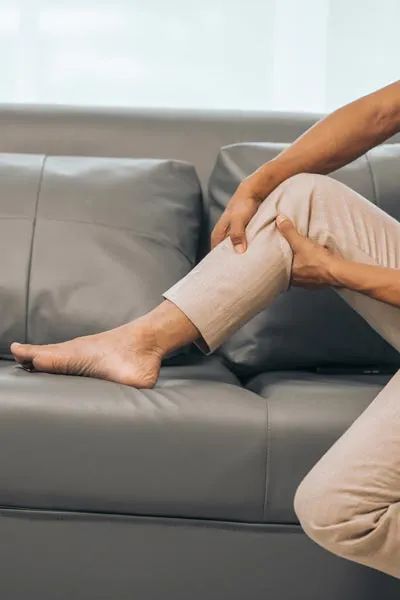
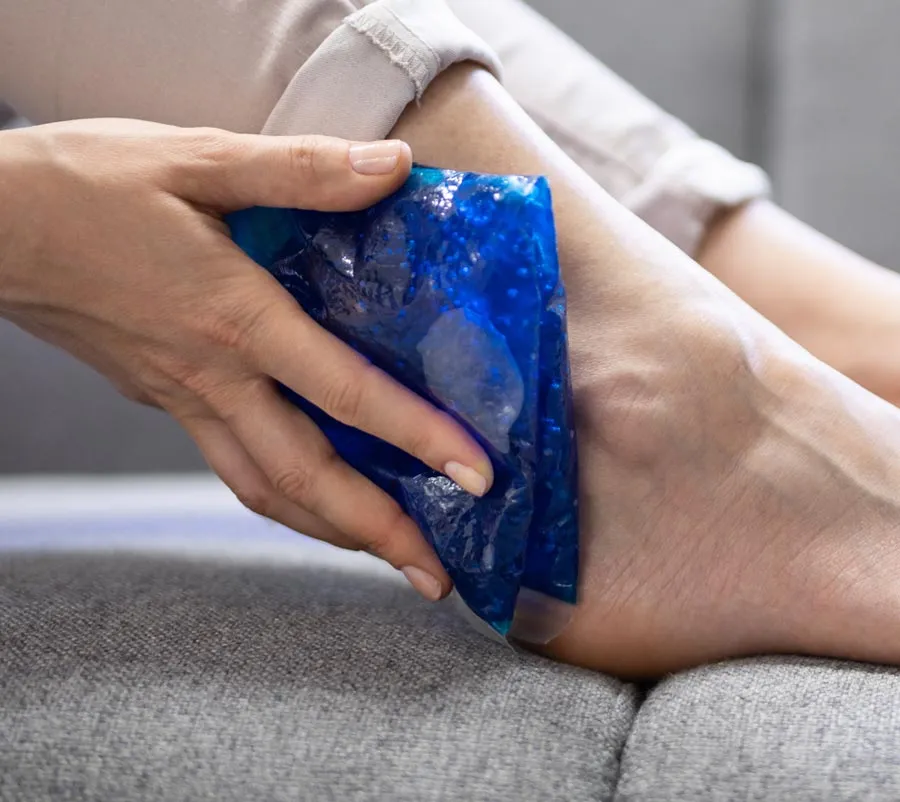
At The Joint Injection Clinic, these injections are performed after a thorough consent process, whereby the risk and benefits of the procedure are discussed in detail with your doctor. The experienced medical doctor will then place you in a lying position. The outer aspect of the ankle is cleaned using a cleaning solution to ensure that the procedure is performed under sterile conditions. Local anaesthetic is injected from the skin to the tendon sheath under ultrasound guidance. After giving the local anaesthetic a few minutes to take effect, the tendon sheath injection is performed with a small dose of steroid and local anaesthetic.
The injection itself is normally completed within 30-60 seconds, after which a plaster is applied and post-injection advice is given. The patient is advised to look out for any signs of infection, specifically to check whether the local area becomes red, hot, tender, swollen or if they develop a fever. If this occurs then the patient is asked to contact the clinic immediately at which time a formal reassessment will occur and if needed oral antibiotics can be prescribed. The patient is also warned that following any injection they may notice a short-term worsening or flare in their symptoms after the local anaesthetic has worn off (4-5 hours). This may last for 3-5 days and the patient is advised to consider icing of the area
Surgery: Surgery is typically only considered for severe cases of peroneal tendinopathy that do not respond to other treatments. Surgery involves removing the damaged tissue and repairing the tendon.